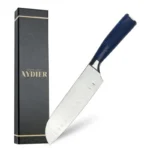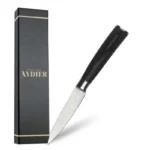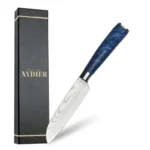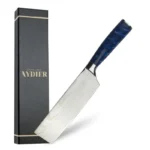Kitchen Knives
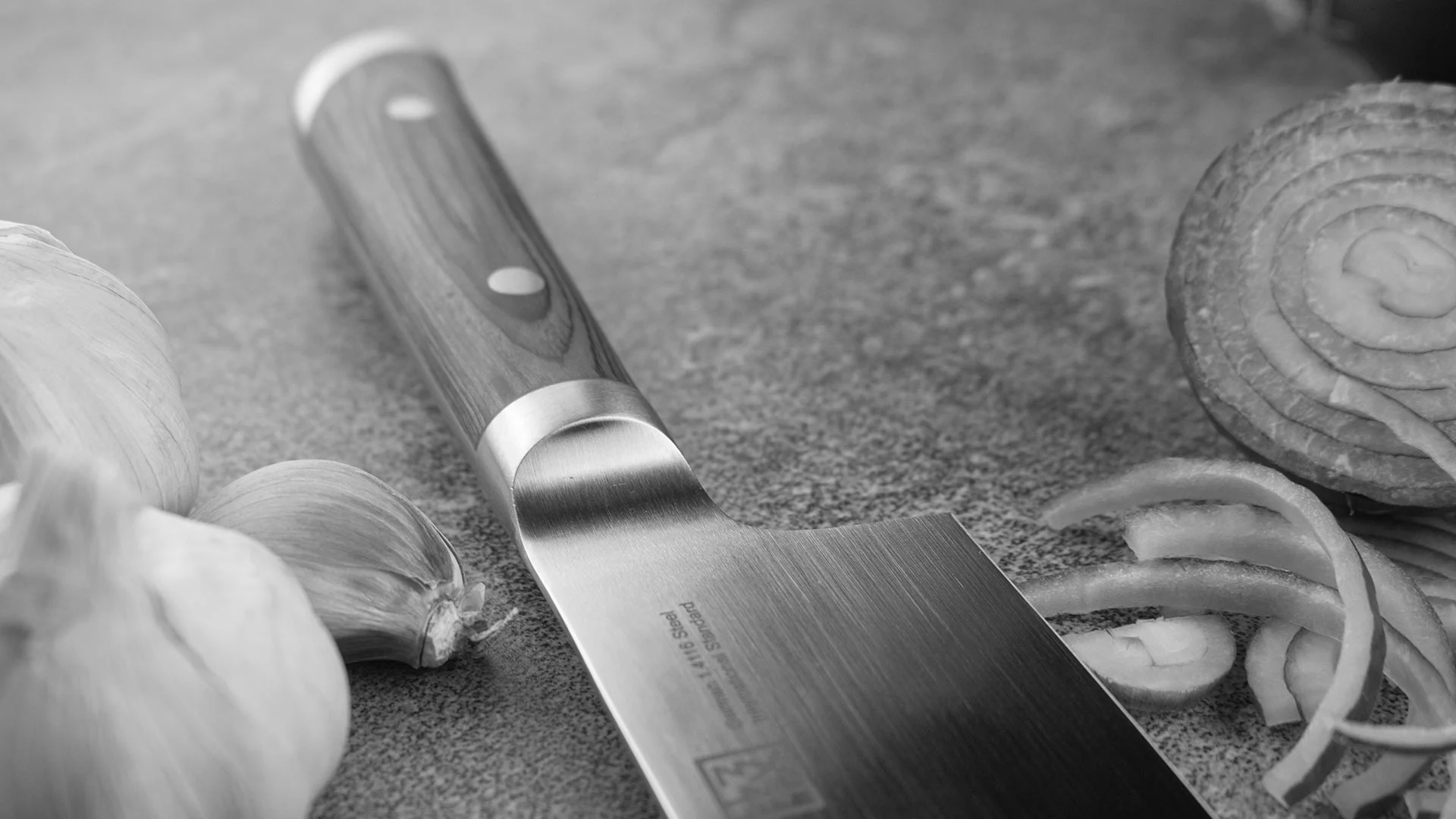
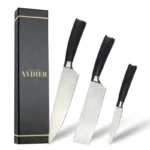
3-Piece Stainless Steel Knife Set with Pakka Wood Handle
Original price was: 137.99$.89.99$Current price is: 89.99$.
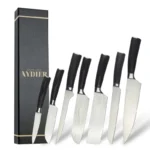
7-Piece Stainless Steel Knife Set with Pakka Wood Handle
Original price was: 327.99$.169.99$Current price is: 169.99$.
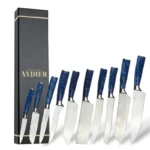
10-Piece Stainless Steel Knife Set with Blue Handle
Original price was: 467.99$.199.99$Current price is: 199.99$.
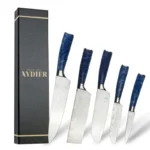
5-Piece Stainless Steel Knife Set with Blue Handle
Original price was: 227.99$.119.99$Current price is: 119.99$.
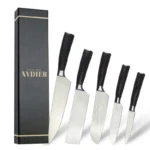
5-Piece Stainless Steel Knife Set with Pakka Wood Handle
Original price was: 227.99$.119.99$Current price is: 119.99$.
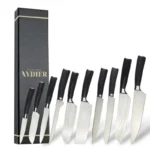
10-Piece Stainless Steel Knife Set with Pakka Wood Handle
Original price was: 467.99$.199.99$Current price is: 199.99$.
Kitchen Knives for Every Home and Professional Kitchen
Choosing the right kitchen knives is one of the most important steps in making cooking easier, safer, and more enjoyable. A good knife is not just a tool, it is the foundation of food preparation, shaping everything from speed and precision to the final presentation of your dishes.
A Short History of Kitchen Knives
Knives have been part of human cooking traditions for thousands of years. Early blades were simple, made of stone or bronze. Over time, regions developed their own specialties. Japanese knives, for example, became known for their razor-sharp edges designed for precision tasks such as slicing sashimi. In Europe, the chef’s knife evolved into a versatile, all-purpose tool suited for chopping vegetables, cutting meat, and mincing herbs. Today, both styles influence modern kitchens worldwide.
Materials That Make a Difference
The material of a knife blade determines not only its sharpness but also how it performs over time.
- Stainless steel knives are resistant to rust and easy to maintain, making them ideal for everyday use.
- High-carbon steel knives hold an edge longer and offer exceptional sharpness, though they require a little more care to prevent staining.
- Damascus steel knives, with their distinctive wavy patterns, combine hardness and durability with craftsmanship that appeals to both professional chefs and cooking enthusiasts.
Each material has its strengths, and the right choice often depends on how often you cook and the types of food you prepare.
Different Types of Kitchen Knives and Their Uses
Not all kitchen tasks require the same blade. A well-rounded knife collection includes different shapes and sizes:
- A chef’s knife is the workhorse, perfect for chopping, slicing, and dicing.
- A Santoku or Japanese knife excels at precise cuts and thin slices.
- A paring knife helps with smaller tasks such as peeling or trimming.
- A bread knife with its serrated edge handles loaves without crushing them.
Selecting the right combination ensures efficiency and reduces strain while cooking.
The Importance of Size and Balance
The size of a knife directly influences control and comfort. A shorter blade offers agility, while longer blades are better for cutting larger items like melons or roasts. Balance is equally important. When a knife feels natural in your hand, it reduces fatigue and increases safety. This is why professional chefs often recommend trying different sizes to find the most comfortable fit.
Sharpening and Maintenance
Even the best kitchen knives lose their sharpness over time. Regular honing helps maintain the edge, while occasional sharpening restores full performance. Choosing the right cutting surface, such as a wooden or plastic board, also extends the life of your knives. Proper storage in a knife block, on a magnetic strip, or inside protective sheaths prevents unnecessary dulling and accidents.
Building a Knife Collection That Works for You
Whether you cook simple weekday meals or elaborate dinners, investing in the right knives makes preparation easier and more enjoyable. Start with a chef’s knife, add a paring knife, and expand gradually based on your needs. Over time, you will build a set that suits your cooking style and lasts for years.
